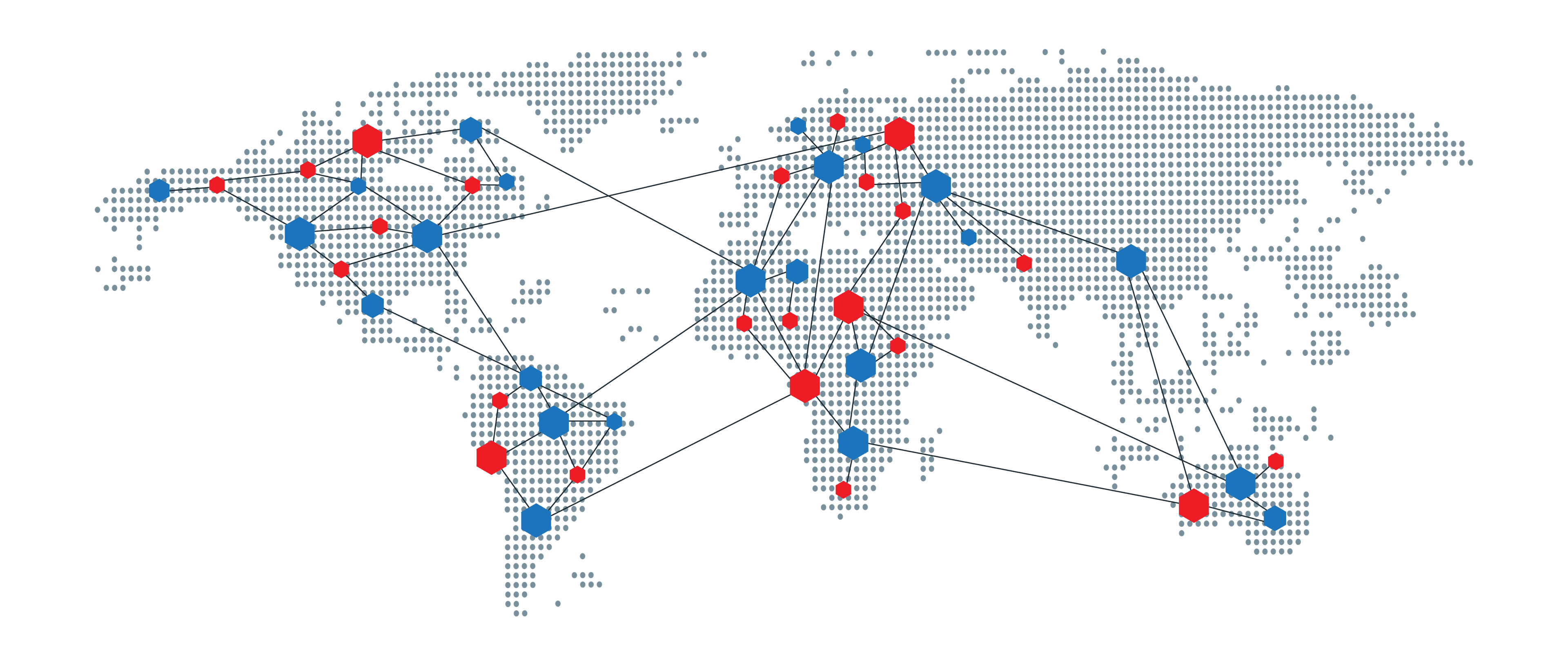Uniform blog/Deliver better digital experiences with a CDN
Deliver better digital experiences with a CDN
Deliver better digital experiences with a CDN
Without fail, slow-loading webpages and sluggish mobile apps drive away the audience. Even a delay of a few seconds could spur potential or existing customers to click over to your competitors. If the experience at your rivals’ sites impresses those customers as being superior, they might never return.
How can you consistently deliver a responsive web or app experience to visitors no matter where they are located? The answer is through a content delivery network (CDN)—a group of geographically distributed servers that stores content physically close to your visitors. With a CDN, instead of transmitting data to and from a single data center regardless of the visitor’s physical location, the network determines which data center is closest to the visitor (called the “edge”). Minimizing the physical distance between your content and your audience results in faster and more responsive, engaging experiences.

What else can a CDN do for your organization? And how can you make the most of a CDN even if you use a digital experience platform (DXP) like Sitecore, which limits certain CDN capabilities? Understanding the full range of CDN benefits and the ways to optimize your DXP helps you maximize a CDN’s value for your business.
Why are CDNs important?
CDNs offer several key benefits for delivering web or app content—especially if your customers, employees, or partners are located worldwide.
Performance
Improving performance is the top goal of most organizations that leverage CDNs, through which you can tap into a global network whose sole function is to accelerate content delivery by reducing the physical distance between content and audience. Additionally, CDNs eliminate the need to maintain infrastructure for distributing content across data centers. On top of that, to raise performance even more, several CDN providers offer unique services to meet specific performance requirements.
All those efforts to boost performance have a positive and direct effect on the quality of digital experiences. As a rule, fast-loading webpages and responsive apps satisfy and attract consumers.
Security
CDNs lend an important first line of defense against cyberattacks—especially distributed denial-of-service (DDoS) assaults that flood networks with data in an attempt to crash websites and apps. By preventing sudden, unexpected traffic from reaching your origin servers, CDNs keep your site or app online and available.
For more protection, some CDNs integrate advanced security capabilities, such as services that analyze incoming traffic, so that you can spot threats before they impair your infrastructure.
Reliability
CDNs enhance the reliability of websites and apps through load balancing, automatically rerouting traffic to the nearest server in case of, for example, an edge-server failure. Also, redundancy spells high availability. Even if a server cluster or regional data center suffers an outage, CDNs can continue to deliver content from other servers and locations.
Scalability
The load-balancing capabilities of CDNs enable organizations to efficiently address rising demand, including sudden spikes of requests for webpages or apps. If, say, your e-commerce site experiences a holiday-related surge in visitors or your weather app is accessed a lot more frequently when storms approach, your CDN would spread the heavier load across its global network of servers. As a result, access to your content continues smoothly without your having to expand the infrastructure.
Reduced architectural complexity
In some cases, CDNs help cut networking costs because they typically cache web or app content in edge servers from which to deliver that cached content to visitors. Correspondingly, origin servers receive fewer requests and transfer less data, yielding significant cost savings.
Is Sitecore limiting the benefits of your CDN?
After adopting a CDN, if you manage and deliver digital experiences through Sitecore, you might not realize the CDN’s full benefits. Why? Many Sitecore customers use CDN only for caching static assets like images, while Sitecore Content Delivery (CD) delivers pages. Others depend solely on Sitecore CD to serve both media assets and pages. Sitecore CD has critical drawbacks, however, because its origin-based architecture handles visitor requests individually with a Sitecore server, which then delivers content. That process results in a lower level of performance, security, reliability, and scalability than that offered by a modern CDN.
With Uniform, you can make the most of a CDN with Sitecore by offloading personalization and delivery from Sitecore to a CDN without upgrading your Sitecore servers or changing your Sitecore license. For example, use Uniform together with Sitecore to leverage Jamstack—with JSS or MVC—in order to incrementally generate a static site, enhance personalization at the edge, further boost performance with integrated cache purging, and perform other related tasks. That way, you take full advantage of a CDN for delivering responsive, engaging digital experiences while retaining your existing, familiar DXP. Are you ready to implement a CDN or do more with yours? For details on how to maximize a CDN’s value while using Sitecore on Uniform, see our whitepaper.








.jpg&w=1080&q=90)